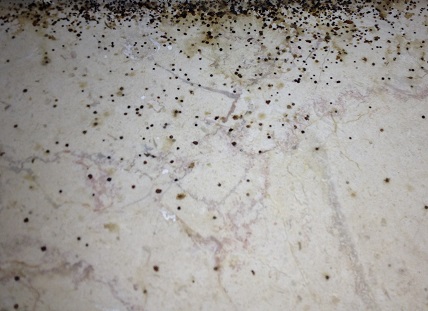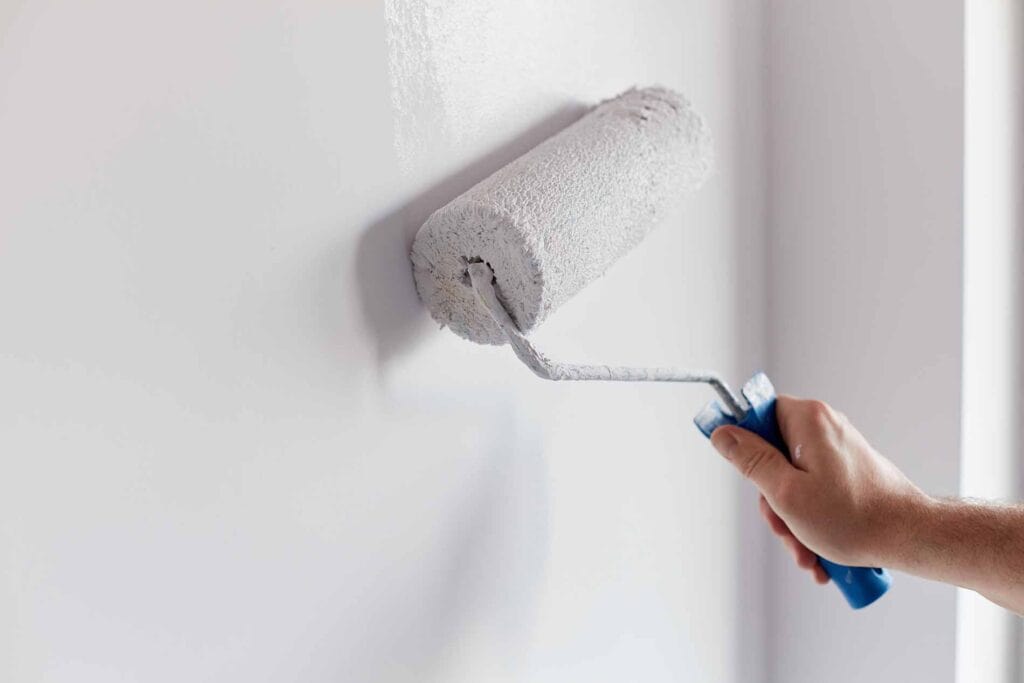 No structure is immune to the presence of mold spores, and that includes your home. Not even new homes are free of mold, except in the unlikely event that all building materials were treated for mold before the structure was built. The good news is that there are strategies for preventing and retarding the growth of these airborne, unwelcome fungi. Choosing the right type of paint and taking proper care of your painted surfaces can make a huge difference in the prevention of mildew and mold.
No structure is immune to the presence of mold spores, and that includes your home. Not even new homes are free of mold, except in the unlikely event that all building materials were treated for mold before the structure was built. The good news is that there are strategies for preventing and retarding the growth of these airborne, unwelcome fungi. Choosing the right type of paint and taking proper care of your painted surfaces can make a huge difference in the prevention of mildew and mold.
Household Problems Caused by Mold
The following are among the reasons mold is a concern and should be prevented or removed:
- Wood can be weakened and damaged by the presence of mold and mildew because mildew feeds on the resins and cellulose contained in all species of wood.
- Both the coating performance and the appearance of painted surfaces are negatively affected by mildew. Of course, mildew is unsightly; but it also attracts more dirt to the surface. Mildew also leads to premature failure of paint because of loss of adhesion as well as blistering, flaking, and cracking.
Health Problems Attributed to Mold
The medical community places health problems related to mold into three general categories:
- Many people are allergic to mold. Common symptoms include irritated eyes, wheezing, skin irritation, coughing, and stuffy nose. Among the more severe reactions are fever, shortness of breath, and flu-like symptoms.
- Aspergillosis is another health problem people experience due to mold. The disease can invade and damage body tissue, such as in the lungs and other organs, and can spread throughout a person’s body. Although it sounds serious, it is only considered potentially hazardous when it is found in unusually high concentrations.
- Exposure to toxigenic mold is linked to serious injuries and diseases such as cancer, hemorrhaging of infant lungs, and brain damage as well as fibromyalgia, reactive airway dysfunction syndrome, and more. The scientific and medical evidence of this type of mold exposure is not considered conclusive, but there has been a great deal of media attention about it in recent times.
Preventing Mold Growth
Mold can grow on a variety of types of surfaces, including wood, aluminum, and vinyl as well as on grease and dirt. Preventing mold begins with creating an environment that is inhospitable to its growth. Water and moist air are the number one growth factors for mold and mildew. Fungi also thrive in dark, moist places with little air circulation.
On the outside of your home, mold will most likely appear in areas that are damp and well shaded from the sun. In your home’s interior, the bathroom is where mildew is most likely to appear. Whenever you bathe or shower, open a window or turn on a fan so that the air movement can more quickly dry out the room. Other moist areas that are susceptible to mildew are the basement, laundry room, and kitchen. Closets also sometimes have high moisture.
 If you do see mold on the inside or outside of your home, do not paint over it. Doing so will accelerate the damage to your home. The mildew will quickly reappear and the problem will be compounded because the fungi will be sealed between the previous and new coats of paint. Before repainting, it will be necessary for the paint to be completely stripped.
If you do see mold on the inside or outside of your home, do not paint over it. Doing so will accelerate the damage to your home. The mildew will quickly reappear and the problem will be compounded because the fungi will be sealed between the previous and new coats of paint. Before repainting, it will be necessary for the paint to be completely stripped.
If you think you may have mildew but you aren’t sure, apply a few drops of bleach. If it is mildew, the stain will disappear within a few minutes; whereas if it is dirt, the bleach will have no effect.
Some types of paint are more resistant to mildew than others. For example, mildew more quickly grows on exterior alkyd flat paint as compared with gloss or semi-gloss enamels. Any products which contain linseed oil also attract mildew growth. Mildew resistance is achieved by using premium quality latex paint because it doesn’t contain as many nutrients for mildew to feed on. Mold spores have difficulty adhering to glossier paints because they are less porous than flat paints. Keep in mind also that darker shades of paint dry more quickly than lighter one after it rains, which makes darker shades less susceptible to mildew. For better mildew resistance and overall performance, choose a 100% acrylic latex paint rather than a vinyl acrylic paint.
Contact our paint professionals for any questions you may have about mildew and which paints are best for preventing growth of the fungi.
Franklin Painting LLC – Call us Toll Free at 877-646-7774
or at our main office number 860-678-7701
160 Brickyard Road, Farmington, CT 06032

